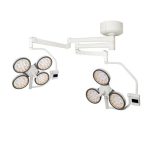LED Lighting Techniques for Illuminating Acrylic: A Comprehensive Guide
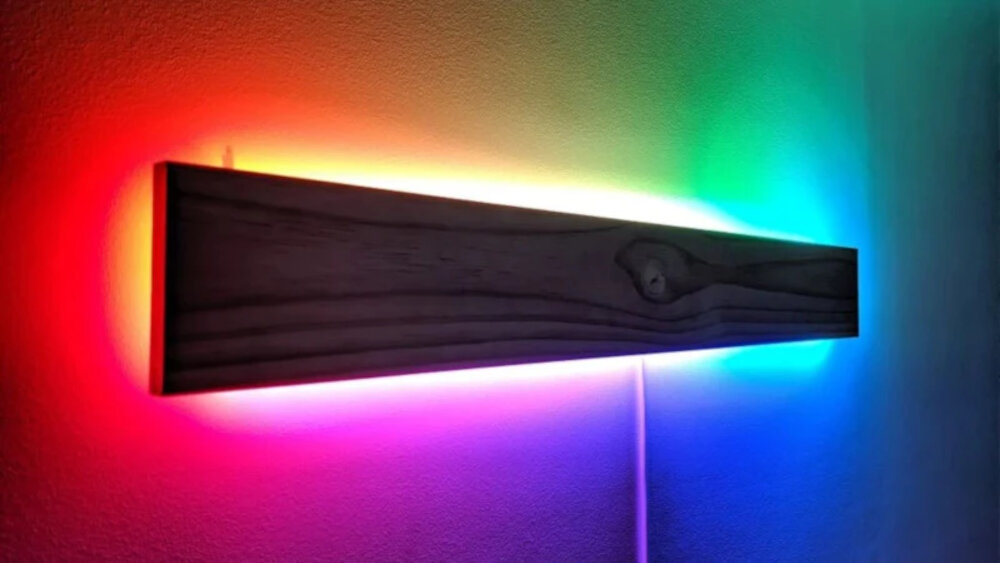
LED lighting technology has revolutionized the way we illuminate our surroundings. It has become a popular choice for various applications, including indoor and outdoor lighting, commercial and residential spaces, and even art installations. One of the most popular uses of LED lighting is for illuminating acrylic. Acrylic is a versatile material that is widely used in various applications, such as signage, displays, and art installations. LED lighting enhances the beauty of acrylic by providing a vibrant and uniform illumination. It can also create various lighting effects, such as color-changing and dimming, making it a popular choice for designers and artists. This comprehensive guide explores the various LED lighting techniques used for illuminating acrylic. It covers a range of topics, including the types of LED lights available, the best lighting techniques for different types of acrylic, and how to create different lighting effects. The guide also provides practical tips on how to install LED lighting for acrylic, and how to maintain it for optimal performance. Whether you are a designer, artist, or simply looking to enhance the beauty of your space, this guide will provide you with valuable insights and knowledge on LED lighting techniques for illuminating acrylic.
LED lighting has become increasingly popular for illuminating acrylic due to its numerous advantages over traditional lighting sources. LED lights are highly energy-efficient and have a longer lifespan than incandescent or fluorescent bulbs, which makes them a cost-effective choice for long-term use. Additionally, LED lights emit less heat than other light sources, which is important when working with acrylic materials that can be sensitive to temperature changes. LED lights also offer a wide range of colors and can be easily controlled to create different effects and moods, making them a versatile lighting option for acrylic illumination. Overall, LED lighting is a reliable, efficient, and customizable option that has made it a go-to choice for acrylic illumination in a variety of settings.
Proper lighting is crucial when it comes to acrylic displays as it can make or break the overall aesthetic appeal of the display. The use of LED lighting techniques can help enhance the clarity and color of the acrylic, making it more visually appealing to customers. The right lighting can also help highlight specific areas of the display, drawing attention to key products or items. Additionally, proper lighting can help reduce glare and reflections, creating a more comfortable viewing experience for customers. Overall, investing in high-quality LED lighting techniques for acrylic displays is essential for creating a visually stunning and effective display that can increase customer engagement and ultimately drive sales.
LED Lighting Options
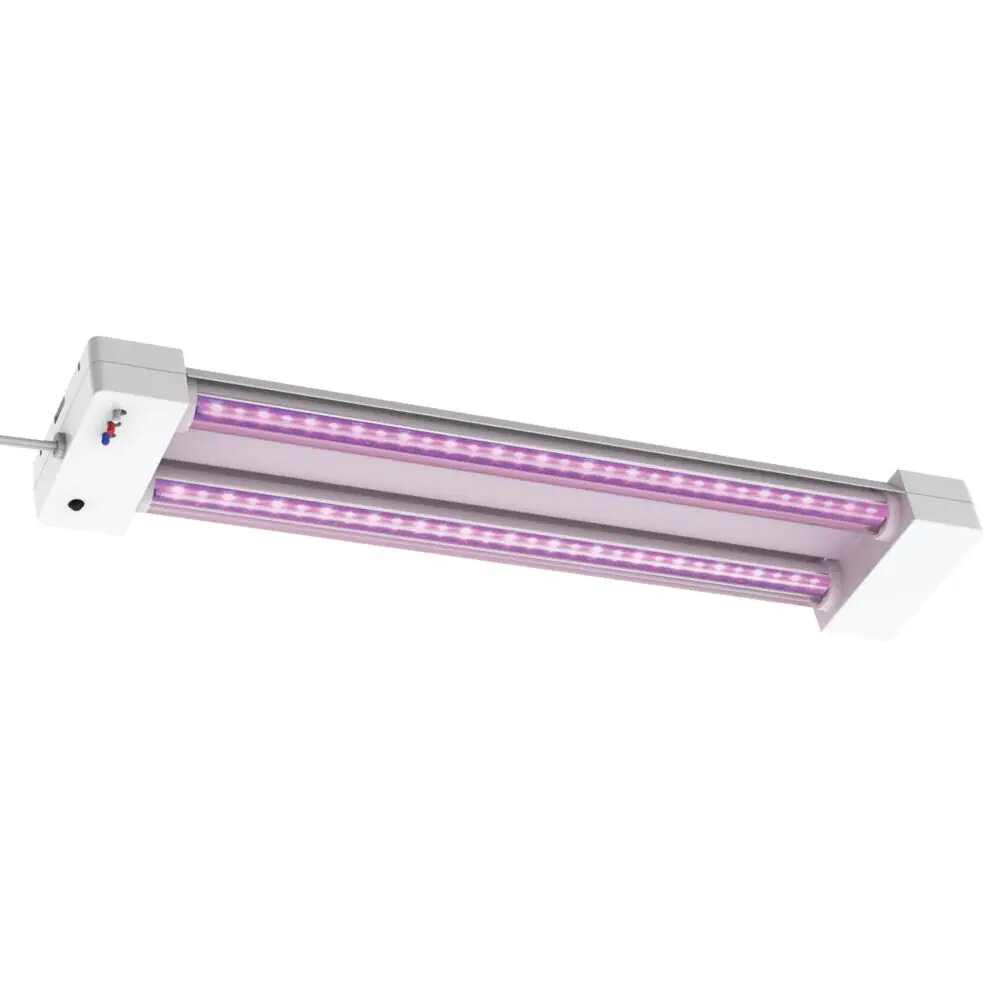
LED lighting has become the go-to option for illuminating acrylic displays due to its energy efficiency, long lifespan, and versatility. There are various LED lighting options available that can cater to different acrylic display needs. One of the most popular options is the strip LED lighting, which can be easily mounted on the edges of acrylic displays to create an even glow that highlights the shape and color of the display. These LED strips are available in different colors, brightness levels, and lengths, making it easy to customize the lighting to match the desired ambiance of the display. Another option is the LED puck lights, which are small, round lights that can be mounted on the surface of the acrylic display. These lights are ideal for highlighting specific areas of the display or creating a focal point. For those looking for a more sophisticated lighting option, LED spotlights may be the way to go. These lights are designed to create a directional beam that can be adjusted to focus on specific areas of the acrylic display. They are ideal for highlighting intricate details or adding depth to the display. Additionally, LED rope lights are another option that can be used to create a unique lighting effect. These lights are flexible and can be easily shaped to follow the contours of the acrylic display. They are also available in different colors and brightness levels, making it easy to create a custom lighting effect that matches the desired ambiance of the display. Overall, with the variety of LED lighting options available, it is easy to find the perfect lighting solution to enhance the beauty of any acrylic display.
LED lighting is a popular choice for illuminating acrylic displays due to its energy efficiency, long lifespan, and versatility. There are several types of LED lighting available for acrylic displays, including strip lights, spotlights, and backlighting. Strip lights are a popular option for creating a linear effect, as they can be easily attached to the back or sides of an acrylic panel. Spotlights, on the other hand, are ideal for highlighting specific areas within the display, such as a product or logo. Backlighting is another technique that involves placing the LED lights behind the acrylic panel, creating a soft glow that enhances the colors and details of the display. Overall, the type of LED lighting used will depend on the desired effect and the specific requirements of the acrylic display.
When it comes to LED lighting techniques for illuminating acrylic, there are several options to consider, each with its own set of pros and cons. One option is edge lighting, which involves placing LED lights along the edges of the acrylic sheet, creating a bright, even glow. The advantage of this method is that it can highlight intricate designs and create a sleek, modern look. However, it can be difficult to evenly distribute the light and may require multiple LEDs to achieve the desired effect. Another option is back lighting, where the LEDs are placed behind the acrylic sheet, creating a softer, diffused light. This method can be more energy-efficient and easier to install, but may not be as effective in highlighting specific details or creating a dramatic effect. Ultimately, the choice of LED lighting technique will depend on the desired aesthetic, budget, and practical considerations.
Choosing the Right LED Lighting for Your Acrylic Display
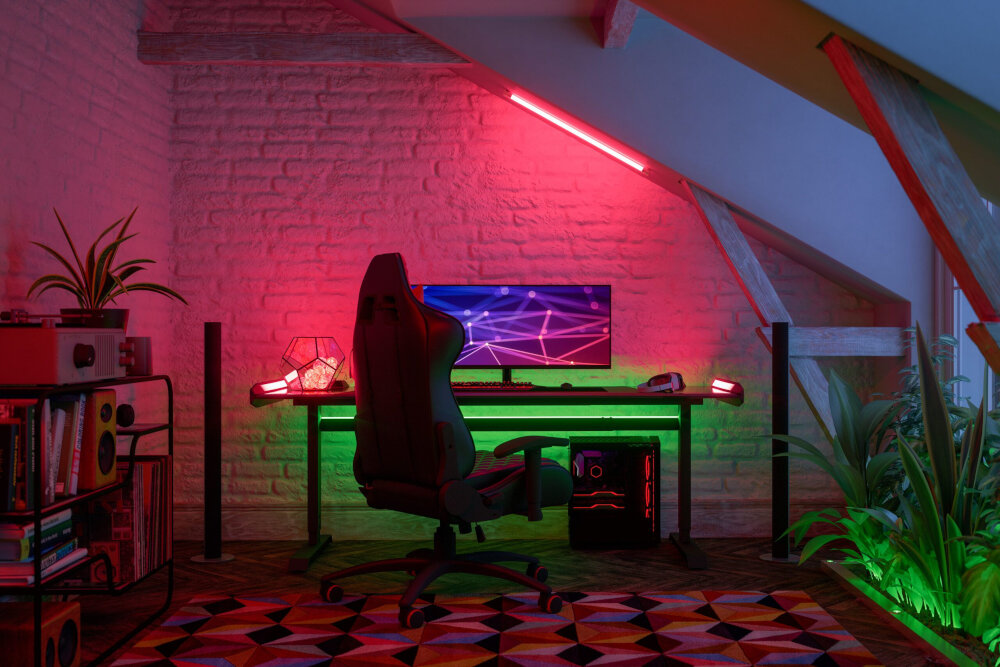
When it comes to enhancing the display of your acrylic items, LED lighting can make a significant difference. However, with so many different types of LED lights available, it can be a challenge to choose the right one for your acrylic display. The first thing you should consider is the color temperature of the LED light. The color temperature is measured in Kelvins and ranges from warm white to cool white. Warm white LED lights are ideal for displays that require a cozy and inviting atmosphere, while cool white LED lights are perfect for displays that require a crisp and modern feel. Another vital factor to consider when choosing LED lights for your acrylic display is the brightness level. The brightness level of LED lights is measured in lumens. If your display is located in a bright area, you will need a higher brightness level to ensure that it stands out. On the other hand, if your acrylic display is in a dimly lit area, a lower brightness level may be sufficient. Additionally, you should also consider the wattage of the LED light. A higher wattage will produce a brighter light, but it will also consume more energy. Therefore, you should balance your lighting needs with energy consumption to avoid high electricity bills.
When selecting LED lighting for acrylic displays, several factors should be taken into consideration. First, the color temperature of the LED should be chosen based on the desired effect. Warmer temperatures are better suited for creating a cozy and inviting atmosphere, while cooler temperatures are ideal for highlighting the colors and details of the display. Additionally, the brightness of the LED should be determined based on the size and complexity of the display. Too much brightness can be overwhelming and detract from the overall effect, while too little can make the display appear dull and uninteresting. Finally, the placement and angle of the LED lights should be carefully considered to ensure that the acrylic is evenly and effectively illuminated. Taking these factors into account will help to create a visually stunning and impactful display.
Determining the appropriate brightness and color temperature for your display is crucial for creating an optimal visual experience. The brightness level should be adjusted based on the environment and the type of content being displayed. In a dimly lit room, a brighter display may be necessary, while in a brightly lit room, a lower brightness level may be more appropriate. The color temperature of the display should also be considered, as different color temperatures can affect the way colors appear on the screen. A warm color temperature can create a cozy and inviting atmosphere, while a cool color temperature can make the display appear more crisp and vibrant. It’s important to find a balance between brightness and color temperature that works best for your specific needs and preferences.
Tips for Installing LED Lighting on Acrylic Displays
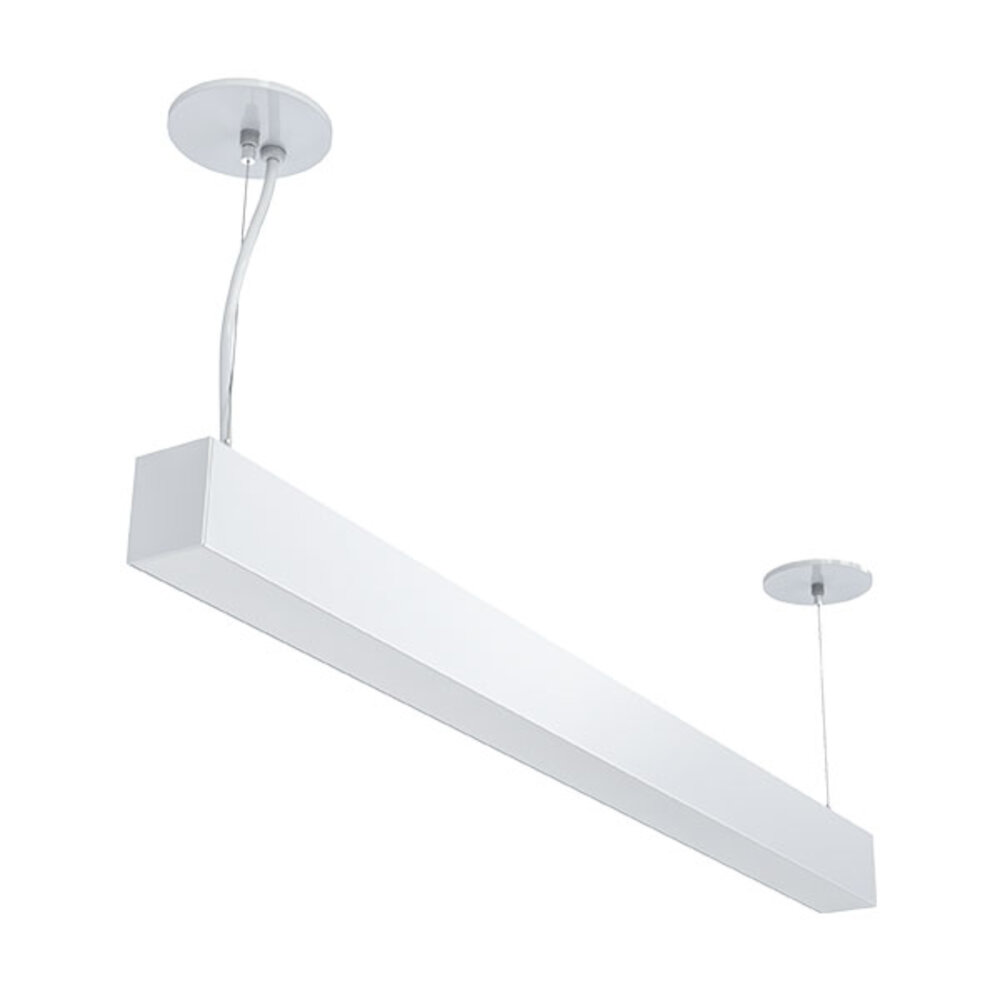
Acrylic displays are a popular way to showcase products and designs in a visually appealing and professional manner. However, without proper lighting, the display can fall flat and fail to capture the attention of the audience. LED lighting is a great option for illuminating acrylic displays as it is energy efficient, easy to install and provides a bright, even light. Here are some tips for installing LED lighting on acrylic displays:Firstly, it is important to choose the right type of LED lighting for your display. There are several types of LED lights, including strip lights, puck lights, and panel lights. Strip lights are a popular choice as they are flexible and can be cut to fit any size display. Puck lights are ideal for highlighting specific areas of the display, while panel lights provide a bright, even light across the entire display. Once you have chosen the type of LED lighting that is best suited for your display, it is important to measure the area that needs to be illuminated and plan the placement of the lights accordingly. Secondly, it is important to properly install the LED lighting to ensure that it is both safe and effective. Before installation, make sure that the acrylic display is clean and free of any debris or dust. The LED lights can be attached to the display using adhesive strips or clips, depending on the type of lighting being used. Be sure to follow the manufacturer’s instructions carefully to avoid damaging the display or the LED lights. Once the lighting is installed, test it to ensure that it is working properly and adjust the placement as needed to achieve the desired effect. With these tips, you can effectively illuminate your acrylic display with LED lighting for a stunning visual impact.
To install LED lights on acrylic, there are several tools required to ensure that the process is carried out effectively. Firstly, a power drill with a drill bit that corresponds to the size of the LED light’s mounting holes is needed to make holes in the acrylic sheet. Secondly, a screwdriver is required to tighten the screws that attach the LED light to the acrylic panel. Thirdly, a wire cutter or stripper is essential to cut the wires to the appropriate length and strip the insulation from the ends. Fourthly, a soldering iron and solder are necessary to connect the wires to the LED light’s electrical contacts. Finally, a voltage tester is recommended to ensure that the LED light is properly wired and safe to use. With these tools, the installation of LED lights on acrylic can be completed successfully.
The installation of LED lighting on acrylic displays requires a step-by-step approach to ensure optimal lighting results. The first step is to select the appropriate LED lighting color temperature, which can be warm or cool, depending on the desired effect. Next, the LED strips must be cut to the desired length and attached to the back of the acrylic display using adhesive tape or clips. The wiring and power source must be concealed behind the display to maintain a clean aesthetic. To enhance the lighting effect, a diffuser panel can be added to evenly distribute the light. Finally, the LED lighting system must be tested to ensure that it is functioning properly and producing the desired effect. By following these steps, a striking and professional-looking illuminated acrylic display can be achieved.
Maintenance and Troubleshooting
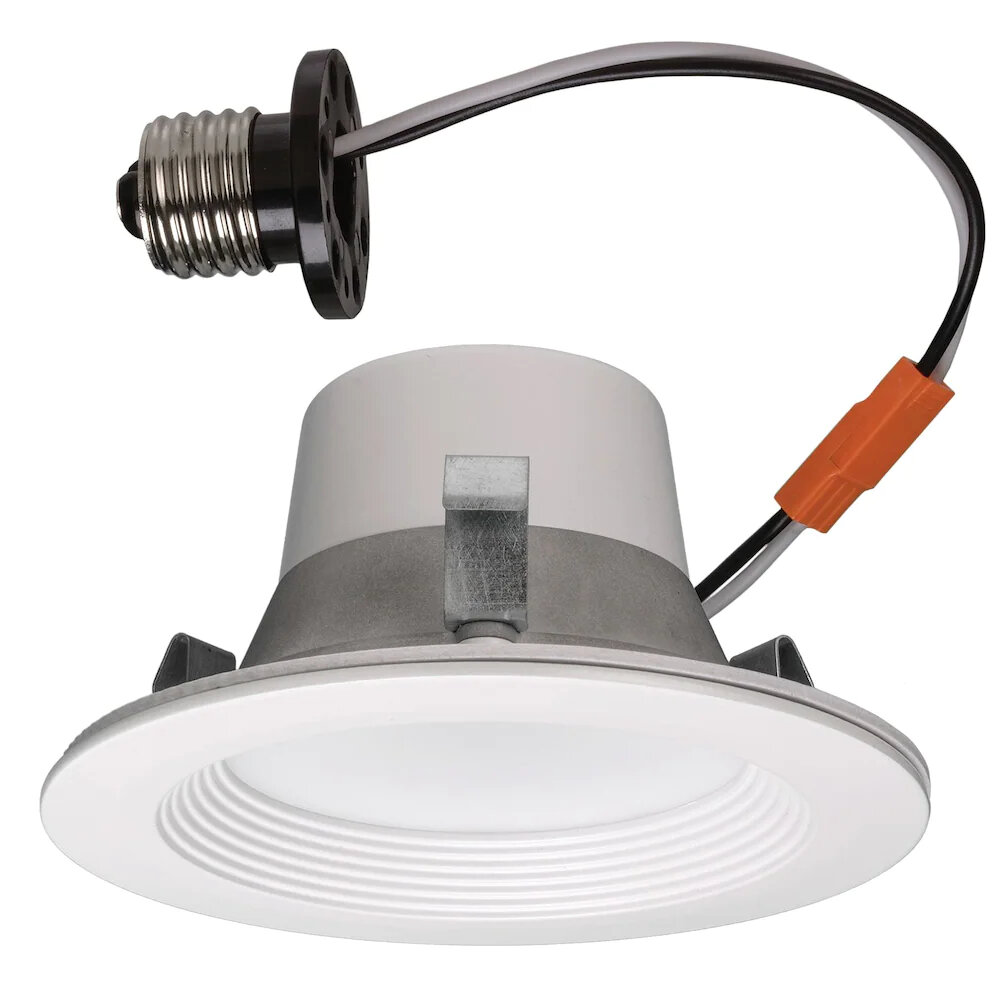
Maintenance and troubleshooting are essential aspects of LED lighting techniques for illuminating acrylic. Regular maintenance ensures that the LED lights are functioning optimally, and any issues are detected and resolved promptly. It is essential to keep the LED lights clean and free from dust and debris that can accumulate over time and affect their performance. Regular cleaning with a soft cloth and mild detergent can help maintain the brightness and clarity of the acrylic surface. Troubleshooting is necessary when LED lights are not functioning correctly. The first step in troubleshooting is to identify the specific problem, whether it is a wiring issue, a defective LED light, or a power supply problem. Once the problem has been identified, appropriate measures can be taken to resolve it. This may involve replacing a faulty component or repairing the wiring. Regular maintenance and troubleshooting can help ensure that LED lighting techniques for illuminating acrylic remain effective and efficient, providing a bright and clear surface for a range of applications.
Maintaining LED lighting on acrylic displays requires certain tips and techniques to keep the display bright and attractive. Firstly, avoid using harsh chemicals or abrasive materials while cleaning the acrylic surface, as it may damage the LED light strips. Instead, use a soft cloth or sponge with mild soap and warm water to clean the surface. Secondly, ensure that the LED lights are not exposed to extreme heat or moisture, which may cause them to malfunction. It is also important to regularly check the wiring and connections of the LED lights to prevent any loose or faulty connections. Lastly, consider using energy-efficient LED lighting options that consume less power and have a longer lifespan, reducing the need for frequent replacements. By following these tips, you can keep your acrylic displays illuminated with LED lighting for years to come.
One common issue when using LED lighting to illuminate acrylic is uneven lighting or hotspots. This can occur when the light source is too close to the acrylic or when the LED lights are not evenly spaced. To troubleshoot this issue, try adjusting the placement of the lights or adding additional lights to create a more even distribution of light. Another issue is color distortion, which can occur when using low-quality LED lights. To avoid this, invest in high-quality LED lights with a high color rendering index (CRI). Additionally, make sure to choose LED lights with the appropriate color temperature for the desired effect. Finally, flickering can also be a problem when using LED lights. This can be caused by a faulty driver or poor wiring. To troubleshoot this issue, check the wiring and replace any faulty components.
LED lighting is an ideal choice for illuminating acrylic displays due to its numerous benefits. Not only do LEDs provide a brighter and more uniform light, but they also consume less energy and have a longer lifespan than traditional lighting sources. LED lighting is also highly versatile, allowing for a range of color options and the ability to create dynamic lighting effects. Additionally, LEDs produce less heat, which is important for preserving the clarity and integrity of acrylic displays. Overall, using LED lighting for acrylic displays is a cost-effective and visually appealing solution that enhances the presentation of products and increases their visibility.
In conclusion, achieving optimal acrylic illumination with LED lighting requires careful consideration of several factors. First, selecting the right LED light source with a high color rendering index (CRI) is crucial to ensure accurate color representation. Additionally, the placement and spacing of the LED lights should be carefully planned to avoid over- or under-lighting areas. The use of diffusers, reflectors, and lenses can help to distribute light evenly and reduce hot spots. Finally, regular maintenance and cleaning of the LED lights are essential to ensure consistent and effective illumination. By following these recommendations, designers and manufacturers can create stunning acrylic displays that showcase their products in the best possible light.
Conclusion
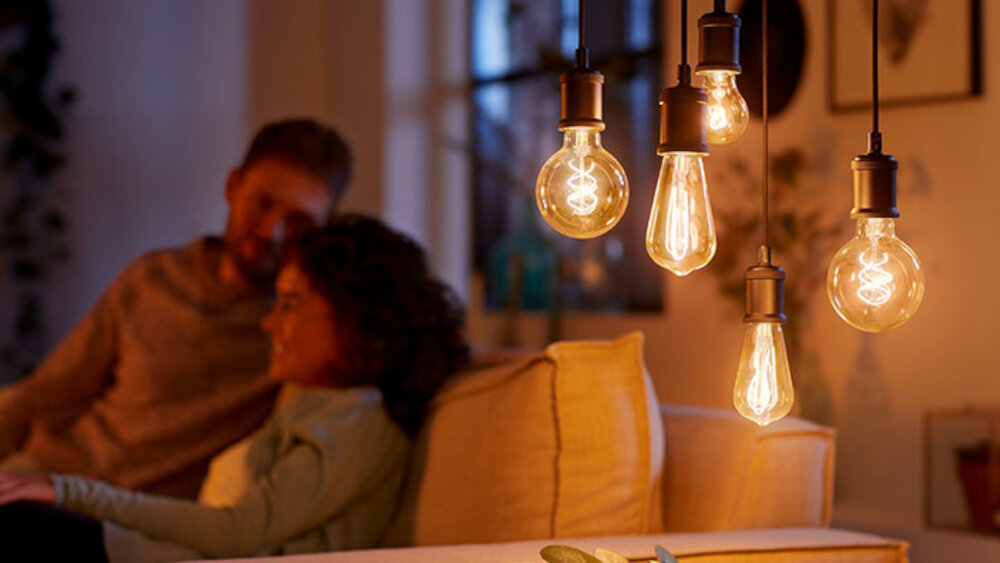
In conclusion, LED lighting techniques for illuminating acrylic have revolutionized the way we light up our surroundings. This comprehensive guide has shed light on the various methods and considerations for achieving optimal illumination of acrylic using LED lights. From choosing the right type of LED lights to understanding the importance of proper installation and maintenance, this guide has covered it all. The use of LED lights not only enhances the aesthetic appeal of acrylic but also offers energy efficiency and durability. It is evident that LED lighting techniques are the way forward for illuminating acrylic and this guide will go a long way in helping individuals and businesses make informed decisions when it comes to lighting up their spaces.


